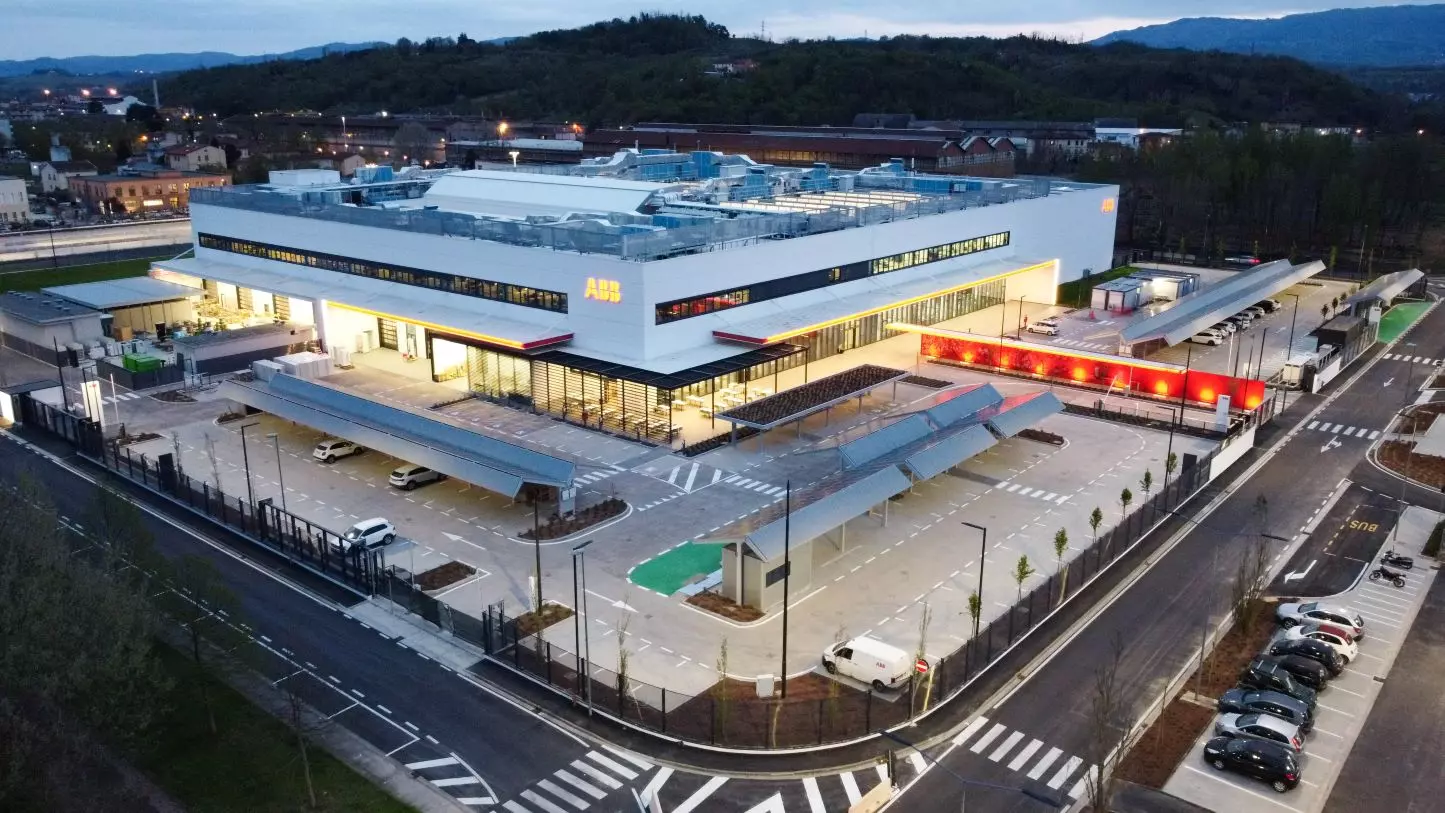A €27.97 million investment to create a DC electric recharging station production plant, "a centre of excellence at global level" capable of manufacturing a system every 20 minutes, to date largely aimed at the foreign market: this is how ABB E-Mobility, the Italian subsidiary of the ABB Group, launched its largest plant of this kind in our country, in San Giovanni Valdarno (Arezzo), in the summer of 2022.
The Zurich-based Swiss-Swedish multinational electrical engineering company operates in robotics, energy and automation in over 100 countries and ended 2022 with a turnover of Euro 27.5 billion. Antonio De Bellis (in the picture below, En), E-Mobility Lead Manager of ABB Italy and Vice President of Motus-E recalls that “in Italy ABB has a long tradition of production sites that not only serve the domestic market but also export products worldwide. The San Giovanni Valdarno plant is a global centre of excellence.”

How many charging stations do you produce?
“The factory is already being expanded to meet the growing demand and to prepare to handle future charging systems such as mega charging. Seven production lines are in operation, producing one charging station every 20 minutes. The opening of the new factory has enabled the production of over 10,000 more stations per year. We are also building a new warehouse that will further reduce the impact of handling, especially of finished products, improving the contribution to the reduction of CO₂ emissions.”
What technological complexity lies behind these charging stations?
“Charging stations consist of a set of technologies that combine the delivery of high-density DC electricity with constant data processing exchanged between the vehicle and the charging station, as well as between the charging station and the higher-level management backend. They count the energy delivered for processing for commercial or cost allocation purposes and are linked and connected in real time to constantly monitor their operation. The charging stations must support the different types of electricity grids and weather conditions found around the world. As they are connected digital systems, more and more attention is being paid to security aspects, to counter cyber vulnerability. A charging station, in its ‘simplicity’ is the result of interaction and cooperation between different engineering skills, where success is achieved when technological innovation can be brought to reproducibility on an industrial scale.”
How many charging stations do you sell in Italy? How many do you export?
“Italy is not among the countries where e-mobility has reached a high penetration level, so most of the stations produced in San Giovanni Valdarno are destined for Northern European countries and the United States, which alone account for around 80 per cent of production. As far as Italy is concerned, the outlook is positive, supported by the growth of installed charging stations. Motus-E's latest report, released last June, shows that over 14,000 have been installed in the last twelve months, reaching a total of over 45,000. In particular, a quarter of service areas on motorways are equipped with recharging infrastructure. Adding up all the types of charging stations on the market, ABB, the market leader, has sold more than one million electric vehicle charging stations worldwide.”
What factors negatively affect the e-mobility market in Italy?
“What is holding back the spread of electric cars in Italy is the lack of a policy of targeted interventions at the national level, which, among other things, will also mean that the growth targets for electric cars to 2030 set out in the latest update of the Energy and Climate Plan (PNIEC) will not be achieved. It is increasingly urgent to use the resources already allocated to the sector more effectively, by intervening on the price cap for accessing incentives, extending full subsidies also to company fleets and rentals, and reviewing taxation with specific advantages for those who choose electric mobility.”
What challenges will the electrification of heavy transport bring?
“As far as heavy truck traffic is concerned, it is estimated that 85 per cent operate by shuttling or predetermined routes. This creates a favourable situation for the transition to electric. A new MCS charging standard, also known as ‘Mega Charging’, has been developed to ensure charging and autonomy during the dwell time. The first prototypes have already been released from the Valdarno factory. Today, the foundations are being laid to start reducing the environmental impact of heavy traffic as well from 2025. There is time to achieve the goals, but we need the support of politics.”
